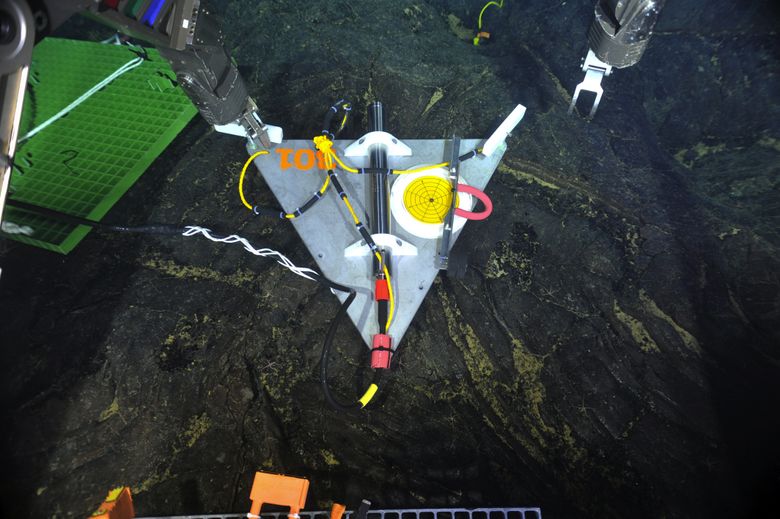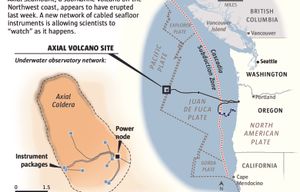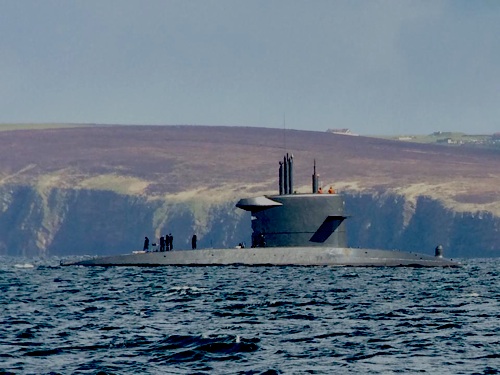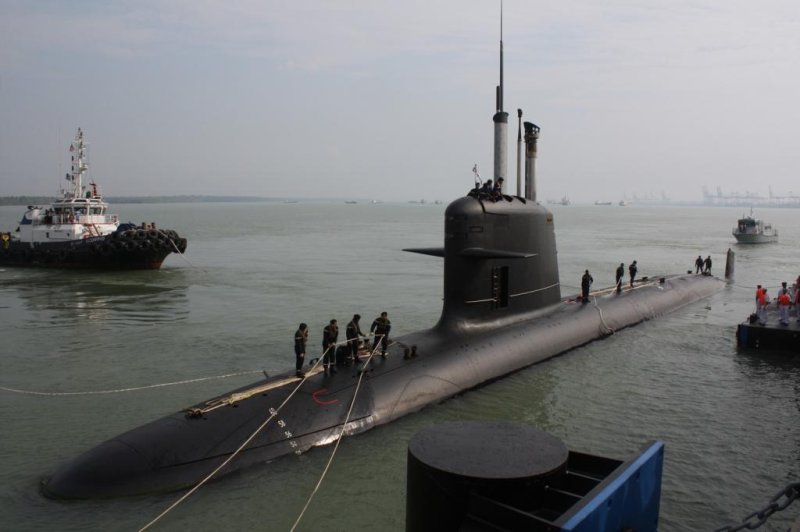Ryan Alexander, U.S. News and World Report
29 April 2015
Last week, the House Armed Services Committee’s Subcommittee on Seapower and Projection Forces released a draft of its proposed program levels and policy language for fiscal year 2016. Of particular interest to fiscal conservatives should be language changes to the so-called “National Sea-Based Deterrence Fund.” This new fund was established in last year’s Pentagon policy bill. It gets pretty deep in the weeds of procurement and appropriations law by establishing a transfer fund in the “Defense-wide” portion of the budget to purchase
the replacement for the Ohio class of ballistic missile submarines, also known as “SSBN(X.)”
As I wrote in this column last fall, this effectively means the purchase of new submarines is being taken out of the Navy’s shipbuilding budget and placed in the budget of the Office of the Secretary of Defense. And as far as I can tell, that’s unprecedented. A recent comment by Rear Admiral Joseph Tofalo, director of undersea warfare, suggests otherwise, but an informed parsing of what the admiral is saying will make the difference clear:
"The Navy is going to need top line relief in order to accomplish the ship building program. When '41 for freedom,' and then the Ohio-Class, were built, the Navy received about $5 to $7 billion per year in additional funding for ship building. When you compare those years to all other post-Korean war years, you see that top line relief is historically consistent with what has happened over time. The issue is the additional resources and that is the conversation that is going on," Tofalo said.
The admiral is correct in stating that additional money was placed in the shipbuilding accounts in the so-called “Reagan build-up” of the 1980s. Additional funding in the Navy's shipbuilding account is the proper way to fund new ships. That is where funding for new ships should reside in the federal budget. Placing the money there allows for an honest and healthy debate over the proper size of the account and what the Navy, and the nation, can afford.
Placing it, instead, in the defense-wide budget masks the huge cost of these submarines. A recent infographic shows how. It also means the Navy's shipbuilding account will likely stay at the $14-$15 billion level even without paying for the new submarines. And all that means is the Pentagon topline is going to go up. Way up. The Congressional Budget Office estimate is that the overall costs of the Ohio class replacement is almost $92 billion.
The idea that ballistic missile submarines are a “national asset” deserving of this special status in the defense-wide budget doesn’t hold much water, pardon the pun. All the elements of war-making are national assets. Tanks, missiles, aircraft carriers, even artillery pieces. After all, it wasn’t the U.S. Army who was at war in Iraq and Afghanistan – it was the U.S. government under a Congressional declaration of war, signed by President George W. Bush. These are all national assets. And all the other military services manage to purchase their weapons out of their own budgets.
But the subcommittee rubbed a little more sea salt into that wound. Among the amendments to the original language from the fiscal year 2015 bill is this new language: “a class of twelve national sea-based deterrence vessels, and cross-program coordinated procurement efforts with other nuclear powered vessels.” With the 12 sea-based deterrence vessels obviously being the Ohio class subs, the only other nuclear powered vessels would be the Virginia class of fast attack submarines and Fordclass aircraft carriers. This means that funding for all common procurement items in nuclear powered vessels could be funded out of this defense-wide account.
Camel’s nose, meet the edge of the tent.
So the Navy, and only the Navy, gets relief from its budgetary “woes” by being allowed to transfer major procurement programs over to the defense-wide budget. Watch for the Air Force to look for similar relief for the procurement of the Long Range Strike Bomber or the modernization of intercontinental ballistic missiles. And, given the recent actions of the House Armed Services Committee, I don’t see any likely candidates to stop this train as it races down the track of further fiscal irresponsibility.
But even the researchers most closely monitoring Axial Seamount were stunned by what happened next.
Beginning Thursday, April 23 — the day after the workshop ended — the new sensors recorded 8,000 small earthquakes in a 24-hour period. The volcano’s caldera, which had been swelling rapidly from an influx of magma, collapsed like a deflated balloon.
Scientists are still debating whether to describe what transpired as an eruption, which means molten rock flowed onto the seafloor. No instruments were destroyed and there was no obvious temperature spike, so the magma might have oozed into subterranean fissures, forming what’s called a dike.
Chadwick is among those who suspect lava did burst out, probably north of where the new instruments are clustered. “This was a major event,” he said. “A lot of magma moved, and that makes a lot of us think it had to erupt somewhere.”
The only way to find out for sure is to visit the site with a research vessel, which he and his colleagues will do this summer.
But despite the ambiguity, the ability to monitor the submarine upheaval as it unfolded marks a major milestone for the United States’ first underwater observatory. Operated by the University of Washington and completed last fall, the $200 million network includes 600 miles of coaxial cable on the seafloor that powers and delivers data from scores of seismometers, tilt meters, microbial samplers and other instruments.
UW oceanographer John Delaney first proposed the system nearly two decades ago, and is delighted to finally see the vision realized — and bearing scientific fruit.
“It’s like Christmas squared,” he said. “This proves beyond a doubt the value of the cable and the data that’s flowing ashore.”
Topping out at about 3,000 feet high, Axial is more like Hawaii’s shield volcanoes than the Cascades’ towering cones. It straddles the Juan De Fuca Ridge— a seam in the ocean bottom where magma wells up and fresh seafloor is born.
Most of the instruments are concentrated in the volcano’s central caldera, which is nearly 2 miles wide and 5 miles long. The caldera is also dotted with hydrothermal vents and fantastical chimneys called black smokers, which Kelley has studied for years, along with the communities of tube worms and heat-loving microbes that thrive in the inhospitable conditions.
But Axial isn’t easy to get to. It lies under nearly a mile of water and sits almost 300 miles offshore. In the past, Kelley and other scientists had to rely on costly and sporadic research cruises to gather data and deploy temporary instruments.
Though underwater volcanoes pose no hazard to humans, insights gleaned from them might also be applied to volcanoes on land someday, particularly when it comes to the tricky question of predicting eruptions and issuing warnings that can disrupt lives and economies.
Except for the possibility of wounded pride and failed hypotheses, testing prediction schemes on submarine volcanoes is relatively painless, Chadwick pointed out.
“On the seafloor it’s easier to make wild statements because there’s pretty much no consequence to people,” he said.














